Handheld wars: PlayStation Vita vs. iPad vs. Nintendo 3DS
Which device best serves the gamer on the go?
Three (or four) different handhelds
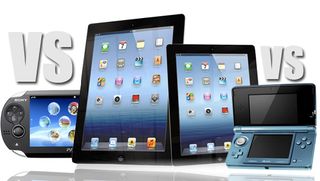
Remember when Nintendo claimed gamers were living in the "touch generation?" Awkward marketing-speak notwithstanding, Nintendo was onto something; the definition of "gamer" is growing increasingly broad, adapting to tactile technology at an incredible rate. While Nintendo attempts to maintain its historic clutch on the handheld market, and Sony rethinks portable consoles with PlayStation Vita, it's clear Apple's iPad (and new iPad Mini) has forever changed the way the video game industry will look at gamers-on-the-go.
Here's a rundown of the games and features behind the three major portable gaming devices vying for your dollar.
Battery power: How long can your device go?
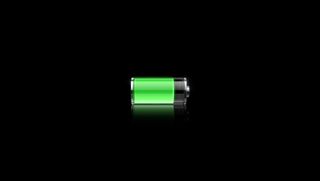
Battery life is a huge factor in the enjoyment of any portable gaming device. Nothing's worse than sitting, bored on the bus, with a dead handheld in your lap. The iPad has made significant strides over the past few years, increasing its battery life to as much as 10 hours. Obviously--as with any portable device--mileage may vary with cellular access and Wi-Fi usage.
Comparatively, the Nintendo 3DS and the PlayStation Vita offer about half the battery life of the iPad. The PlayStation Vita will usually keep things moving for about four hours, while the Nintendo 3DS will last around three hours with steady game play. Both the iPad and the 3DS require a significant time investment when it comes to recharging.
Three very different screens
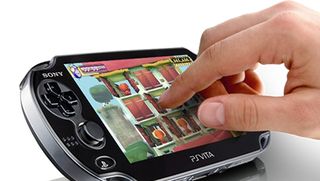
While all three devices use LCD displays, resolutions and physical characteristics vary wildly between the PlayStation Vita, Nintendo 3DS, and iPad. Nintendo took a gamble on the 3DS, creating a device presenting stereoscopic 3D without the need for glasses. The top screen is 3.5 inches, while the bottom screen--which is touch-sensitive--is just over 3 inches, diagonally. The 3DS features an 800-by-400 resolution.
The third-generation iPad is of course well-known for its extremely crisp picture, also known as the Retina Display. The display measures 9.7 inches diagonally, with a resolution of 2048-by-1536. The PlayStation Vita features a 5-inch, 16:9 aspect ratio touch screen at 960-by-544 resolution. Also worth noting: The Nintendo 3DS XL offers 90 percent more screen real estate, while the just-announced iPad mini reduces the display to 7.9 inches.
Weighing the devices' different weights
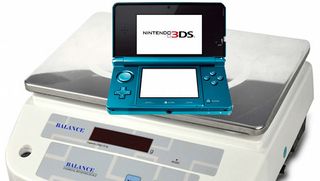
As technology improves, handheld gaming devices seem to grow thinner and lighter; important when you're lugging around a heavy bag. The PlayStation Vita hits the scales at 9.2oz (WiFi) and 9.8oz (3G). Comparatively speaking, the original PlayStation Portable weighed 9.9oz. The Nintendo 3DS weighs in just a little under the PlayStation Vita at 8.1oz.
Sign up to the GamesRadar+ Newsletter
Weekly digests, tales from the communities you love, and more
Given its larger size--despite its impressive thinness--it should come as no surprise the iPad tips the scales at 23.04oz. The iPad mini, however, weighs just 11.04oz. Obviously, the difference of mere ounces, or even a half pound, will affect people differently. If you're a commuter with a small bag, weight is fairly important. But for road trips, half-a-pound isn't that big a deal.
What's under the hood
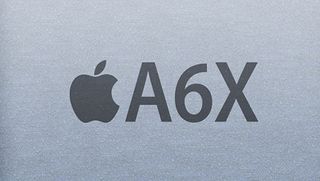
Size and weight are good indicators of the portability of a handheld gaming system, but the longevity of your new device will also depend on processor speed and memory. The tiniest hardware in the world won't amount to much if it's only capable of running Pong. The PlayStation Vita features a 2GHz quad-core, ARM Cortex-A9 chip. The speedy processor is backed up by 512MB of RAM.
Both the Nintendo 3DS and 3DS XL run on a 1GHz dual-core ARM CPU. The 3DS also halves the RAM found in the PlayStation Vita, only packing 128MB. But while the PlayStation Vita may have twice the horsepower of the Nintendo 3DS, the new fourth-gen iPad utilizes the A6X chip, built in-house by Apple with custom ARM cores. While details are still a bit slim, Apple claims the A6X doubles the computing and graphical processing power from the third-gen iPad's dual-core A5X chip, which ran at 1GHz.
Getting online sometimes depends on how much you want to spend
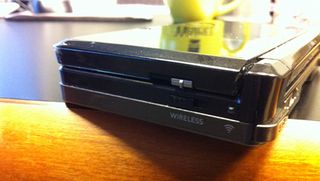
Remember when we used to play games all by ourselves? Well, those days are largely over, as more and more developers are consistently placing online multiplayer and social network functions into games. Both the PlayStation Vita and the iPad offer models with cellular options. While the PlayStation Vita offers a 3G-capable unit, the latest iPad models are capable of 4G LTE connectivity. Of course, speeds are debatable, depending on your current location.
The Nintendo 3DS only offers WiFi connectivity, but the incessant need for online multiplayer hasn't really made itself omnipresent in a Nintendo device, either. The cellular-ready models of iPad are functional with AT&T, Sprint, and Verizon networks in the US. In the case of PlayStation Vita, your only option is AT&T.
What to do when you're not gaming
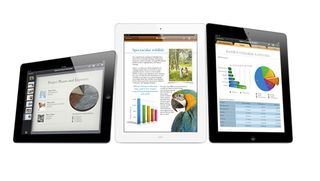
Sure, you're buying a portable device for gaming. But sometimes, it's nice to just have one gadget to perform a multitude of functions. While the iPad does offer a great gaming experience, it's built for a whole lot more. Productivity applications, photography editing--as corny as it sounds, it's fair to say in most cases, "there's an app for that."
The PlayStation Vita also does a spectacular job of displaying media, thanks in no small part to its 16:9 widescreen display. Movies and other entertainment are loaded onto to Sony's proprietary media cards, and are easy to watch. The Nintendo 3DS offers a few functions, like Netflix, but the only feature to stand-out is the 3D camera. Granted, the pictures themselves are a bit low-resolution, lessening the importance of that unique element.
Taking advantage of your old game library

These days, backwards compatibility is a major factor on a gamer's decision to purchase a new piece of hardware. The Nintendo 3DS is capable of accepting the nub-less cartridges of the original Nintendo DS; an extremely large library of games, thanks to the popularity of the device. The PlayStation Vita isn't quite so friendly. The PlayStation Portable used the now-defunct UMD format, and the Vita has no such physical media tray. Still, downloads from the PlayStation Store are readily available. But you'll feel a bit of a cringe every time you pay for a game in which you already own the disc.
Apple's iPad obviously doesn't suffer from many issues with backwards compatibility. As a device born into the digital distribution age--some may argue it helped create it--the iPad has an absolutely huge library of "older" games to download on the App Store. That said, the original iPad may have problems processing some new titles.
The games and software make the device

Speedy browsers and cameras are great, but if we're being honest, it's the games that really offer the biggest draw to a handheld device. The PlayStation Vita, Nintendo 3DS, and iPad each have unique software libraries to appease a wide variety of gamers. The 3DS obviously benefits from the extensive--and beloved--first-party titles synonymous with games. Super Mario 3D Land, The Legend of Zelda: Ocarina of Time 3D, and Mario Kart 7 immediately come to mind.
The PlayStation Vita is no slouch in the games department, either. First-party titles like Uncharted: Golden Abyss and LittleBigPlanet are not to be missed. A large selection of original PlayStation titles are now playable on the Vita, as well. While Apple may not have the first-party history of Nintendo or Sony PlayStation, the App Store is steadily becoming the biggest marketplace in the world for a huge variety of games. Stand-outs like Infinity Blade, Jetpack Joyride, and the ubiquitous Angry Birds are changing the way we look at handheld gaming.
How much does it cost?
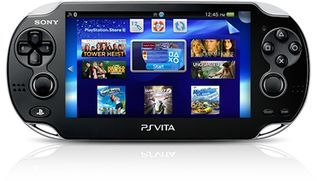
Unfortunately, we live in a world where companies expect us to pay money for the things we want. Yeah, we think it's a bummer, too. But there's a considerable amount of price difference between the three major handheld gaming devices. The Nintendo 3DS will cost you $169.99, with games generally running around 40-bucks. The PlayStation Vita retails for $299.99 (WiFi+3G) and $249.99 (WiFi only). Games for the PlayStation Vita generally cost about $40, similar to the 3DS.
Apple's iPad is available in a number of different configurations, with prices ranging from $499 for a 16GB WiFi model, all the way up to $829 for a 64GB 4G LTE unit. The new iPad mini starts at $329. Games, or apps, for the iPad vary wildly in price. Currently, most games on the App Store are priced right around a dollar, but there's a ton of small, free games and even some $14 console ports.
Everyone's a winner!
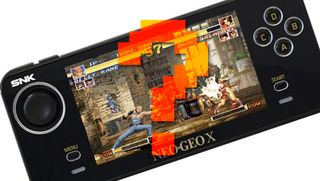
Ok, so maybe all three devices are not equal, but they each offer their own unique experiences. The Nintendo 3DS is the only way to get your Nintendo fix on the go, the PlayStation Vita offers a nice selection of titles on a 16:9 screen, and the iPad is a gateway into the ever-growing App Store. No matter what you decide, it's an interesting time to be a handheld gamer.
And while you're at it, be sure to check out our lists of Best 3DS Games, Best PlayStation Vita Games, and Best iOS Games to learn more.
Most Popular


